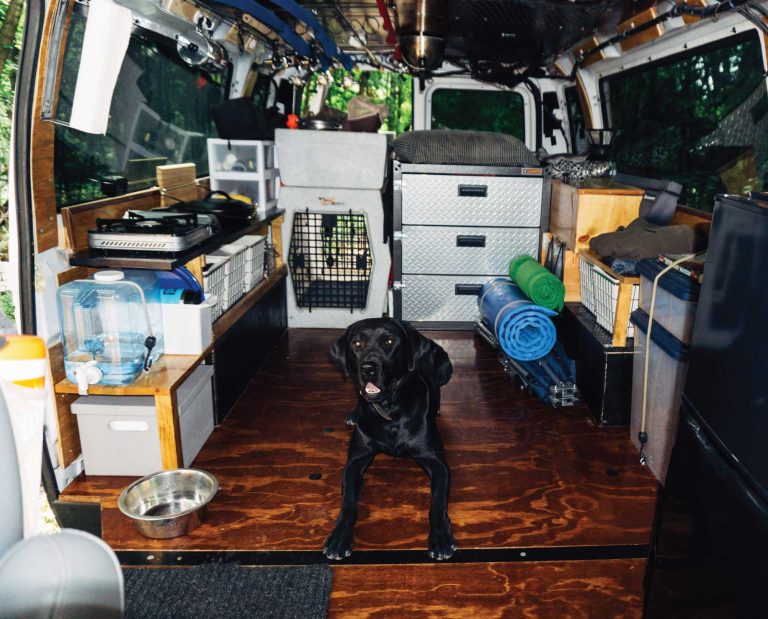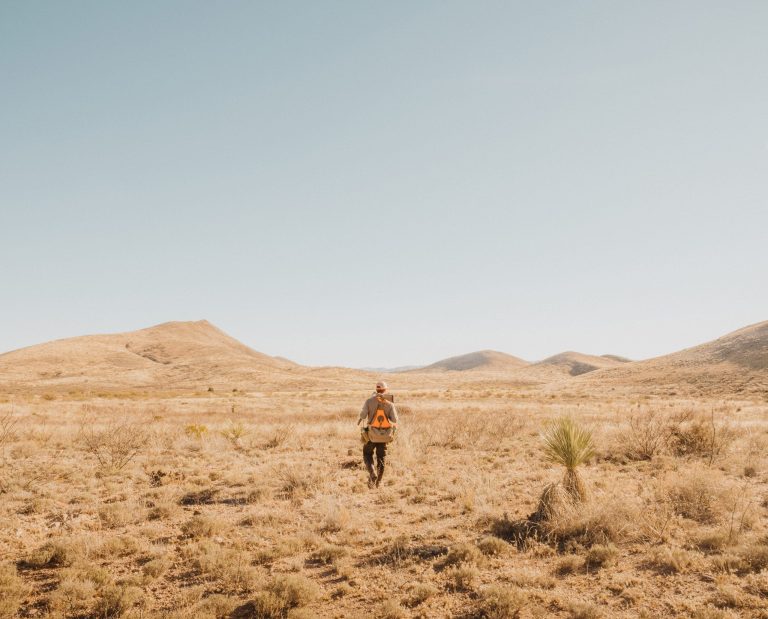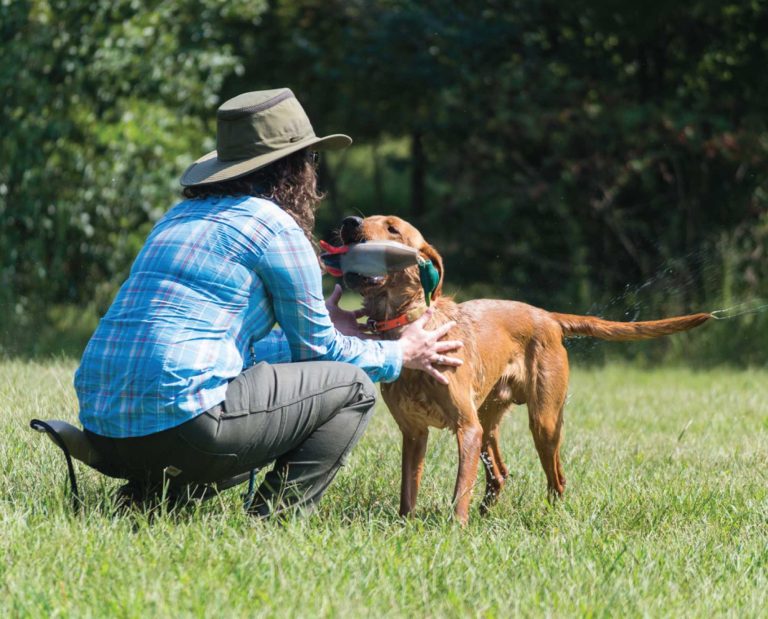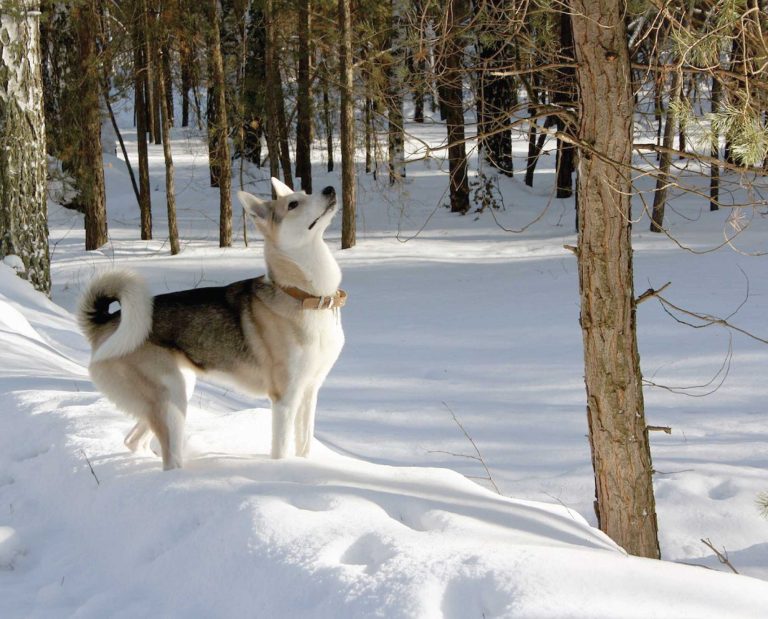Nova Scotia Duck Tolling Retrievers with Grant St. Germain: HDC Episode #22

Explore an old hunting method of luring ducks to the hunter using the fox-like Toller
We’ve been talking about the development of hunting dogs and how they were shaped by the humans and cultures where they originated. We received an interesting listener question asking us to consider the inverse of this concept: would human development have been any different if we did not have dogs at our side? It’s a fascinating thought experiment to consider what might have been different, which of course leads us down a few trails.
Back on the topic of hunting methods, we also addressed some listener input regarding the current status of hunting with crossbows across the United States. While their use (where legal) is primarily for big game hunting, we muse about the possibility of reenacting historic bird hunting methods…after you check your local regulations, of course!
Our guest interview this week is with a Canadian waterfowler who grew up hunting ducks in Nova Scotia. As a kid, Grant St. Germain was introduced to the Nova Scotia Duck Tolling Retriever, or Toller, through family friends who were among the early advocates for the breed.
Tolling for ducks means luring the ducks to shore and within shotgun range. This is an ideal technique on a calm day when ducks are rafted up offshore with no reason to move around or seek protection from the weather. The Toller is enticed to play and frolic along the shoreline, which triggers the ducks to move in for a closer look. As the ducks approach the shore, the concealed hunter waits for them to come within range and then jumps up for a couple of shots.
While the exact reasons for why the ducks are attracted to the dog are up for debate, Grant supposes that it’s related to their nest protection instinct. Since Tollers are bred to look and behave like foxes, it’s thought that ground-nesting ducks instinctively come to see the “fox” along the shore to see if it is raiding their nests. This theory is supported by the fact that tree-nesting ducks can’t be effectively tolled.
Utilizing the tolling technique is quite simple as long as you have the right kind of location where the rafted ducks can see the shoreline, yet you can remain hidden and close enough to the water. It’s typically an opportunity-based hunt when the situation presents itself, rather than something that can be planned in advanced.
There’s no special training required for the dog—you simply throw a stick or ball to get the Toller running back and forth along the shoreline in a playful manner. Tollers are passionate about retrieving, so this comes very naturally for them and they won’t tire of the game. The only trick is to make sure that the dog ignores the approaching ducks—one look in the wrong direction could spook the ducks and end the hunt.
Tolling is rarely practiced today, but there’s no reason the technique should be lost to history! If you give it a try with your dog, please let us know how it goes.
Share | Comment, review and discuss this episode of the podcast in our Project Upland Community Facebook group.
Enjoy the show and don’t forget to rate, review, subscribe, and share this podcast. Miss the last episode? Check it out here!








